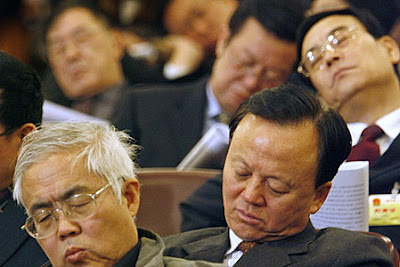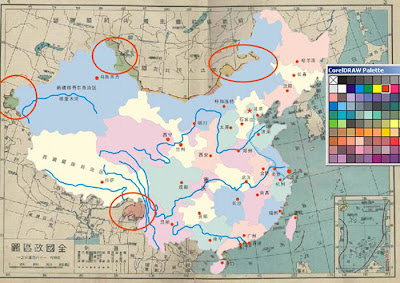Two weeks ago was the funeral of Murat Nasirov, Kazakhstani Uyghur pop singer in Russia. He died on January 19th when he plummeted from his apartment balcony. There are conflicting stories as to how he died. Officially, it was ruled a suicide. One report in the Russian media claimed that he had been at a nightclub, where one of his friends spiked their drinks with LSD, which led to Murat to behave erratically. His wife, meanwhile, insists he would never commit suicide and was poisoned. In an interview (blocked) with RFA’s Uyghur language broadcast, Natalia Nasirov said that Murat had plans to release a new album and was a proud Uyghur nationalist.
Nasirov’s fans within Xinjiang have remarked on his death as well. On the Uyghur language BBS forum Diyarim, a few threads have opened about him, as does the Xabnam BBS (also in Uyghur Arabic script). Some Uyghur bloggers (blogging in Chinese and Latin alphabet Uyghur) have videos from YouTube and Tudou. And an entire page devoted to mourning the singer appears to have been set up at 163888.net (Chinese, with long written sections in Uyghur posted as images).
The largest thread on Diyarim has one very interesting post on Page 3: an essay by Nebijan Tursun titled “Murat Nasirof and I”. I am not fluent enough to tell you anything about the essay’s content, but I can tell you who Dr. Nabijan Tursun is: he was one of the contributors to the book Xinjiang: China’s Muslim Borderland, probably the most comprehensive collaborative work on Xinjiang. Together with James Millward, he co-wrote a chapter on the history of Xinjiang provocatively titled “Political History and Strategies of Control, 1884-1978”. Reportedly both authors have since been denied visas to China, and one contributor once told me they had heard a rumor that the book was angrily condemned within Zhongnanhai, and banned as subversive.
Murat Nasirov recorded one album of songs in the Uyghur language, Qaldim Yalghuz, a compendium of nakshisi (traditional folk songs), with a Russian pop twist. You can download them, using a proxy if you are in China, here. It is not clear how long these links will last.
Finally, here’s a video of a Russian song by Murat, which appears to be an upbeat pop song sang on a soundstage made to look like the dead Aral Sea, with cameos by members of the Addams Family.



















